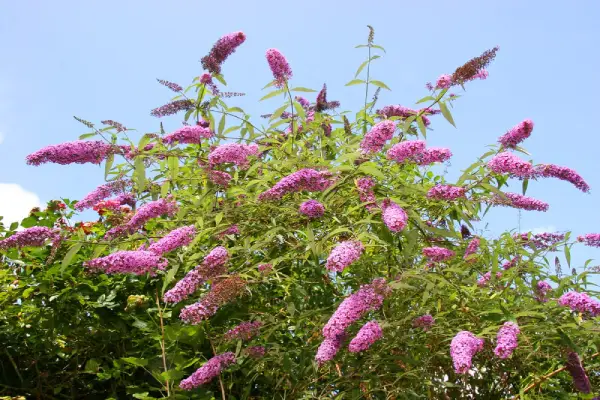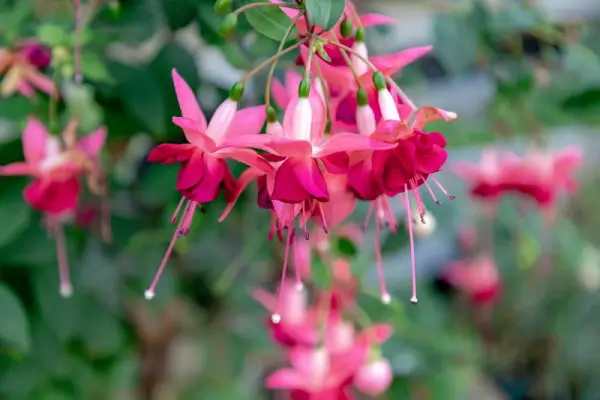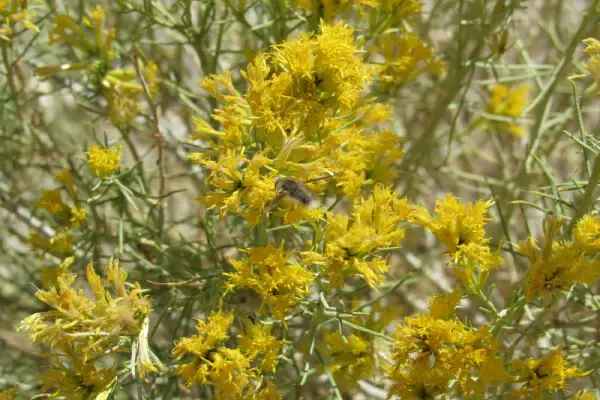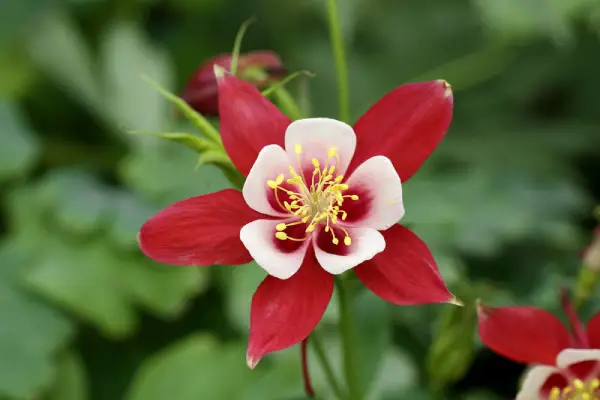Plants That Attract Hummingbirds and Butterflies

While you probably maintain a garden because you love plant life, the ability to attract beautiful wildlife is an added benefit. There’s truly nothing like the vibrant colors and fluttering wings of butterflies and hummingbirds to increase the appeal of your garden this summer. Their pollinating habits can even help your flowers bloom more brilliantly. Here are the top four plants you should include in your garden if you want to attract hummingbirds and butterflies.
Initial Considerations
Generally, the plants that attract butterflies are colorful and fragrant. The plants that attract hummingbirds tend to be bright red, purple, pink, orange, blue or white. In short, if you plant nectar-bearing flowers in your garden, you can expect to attract both types of wildlife.
In addition to planting the right flowers, make sure you include a sitting area nearby so you can enjoy the butterflies and hummingbirds that pay your garden a visit.
Butterfly Bush

As you can imagine, the butterfly bush is famous for attracting butterflies, though hummingbirds enjoy its large, fragrant flowers as well. This perennial can grow five to 12 feet tall and spread four to 15 feet. Blossom colors vary, but pink, purple, red and white are the most common.
Hardiness: Butterfly bushes grow in Zones 6 to 9 and are considered drought tolerant plants.
Seasonality: Butterfly bushes flower from June or July through the fall.
Special care instructions: Plant your butterfly bush in well-drained soil where it receives full sun. Cut back the bush in winter to allow new growth to appear in the spring.
Fuchsia

These are flowering plants that attract hummingbirds in particular and produce blossoms in a wide range of two-tone colors. You can plant fuchsias in the ground, though they do particularly well in hanging baskets.
Hardiness: Fuchsia can grow in Zone 9 and warmer. “Hardy” fuchsias can survive in conditions as cold as Zone 6.
Seasonality: Fuchsias prefer cooler temperatures. In fact, flowers stop growing if they encounter daily temperatures above 76 degrees.
Special care instructions: Plant fuchsias deeply so the crown sits four to six inches beneath the surface. They prefer shaded areas where the well-drained soil is a pH of around six. Prune the plant in early spring to encourage new growth.
Rabbitbrush

Reaching a height of four feet and showcasing beautiful yellow blossoms, rabbitbrush grows naturally in the western U.S. and Canada, though you can also plant it in your yard to attract butterflies. This deciduous shrub is even edible.
Hardiness: Consider adding rabbitbrush to your garden if you live in Zones 3 to 7.
Seasonality: This fall-blooming plant can sustain flowers until November in warm enough climates.
Special care instructions: Plant rabbitbrush in full sun. It’s suitable for sandy or loamy well-drained soils. This plant is easy to grow, able to survive drought conditions and nutritionally poor soil.
Columbine

Available in many colors, the red columbine in particular is good for attracting hummingbirds. These perennials are native to many areas across North America and reach two feet tall. Their unique appearance will look beautiful in your garden.
Hardiness: Columbines thrive in Zones 3 to 9 and can withstand drought conditions.
Seasonality: Look for blooms lasting from late spring to early summer.
Special care instructions: Plant in partial shade with well-drained soil. You can choose to deadhead or not; it’s up to you.
Now that you know which plants to include in your garden to attract butterflies and hummingbirds, it’s time to get planting! For help bringing your dream garden to life, please contact The Grounds Guys® today for professional flower and garden services.
Helpful resources on zones and plant choices:
How to Create a Backyard Nature Preserve
 Click to call
Click to call


